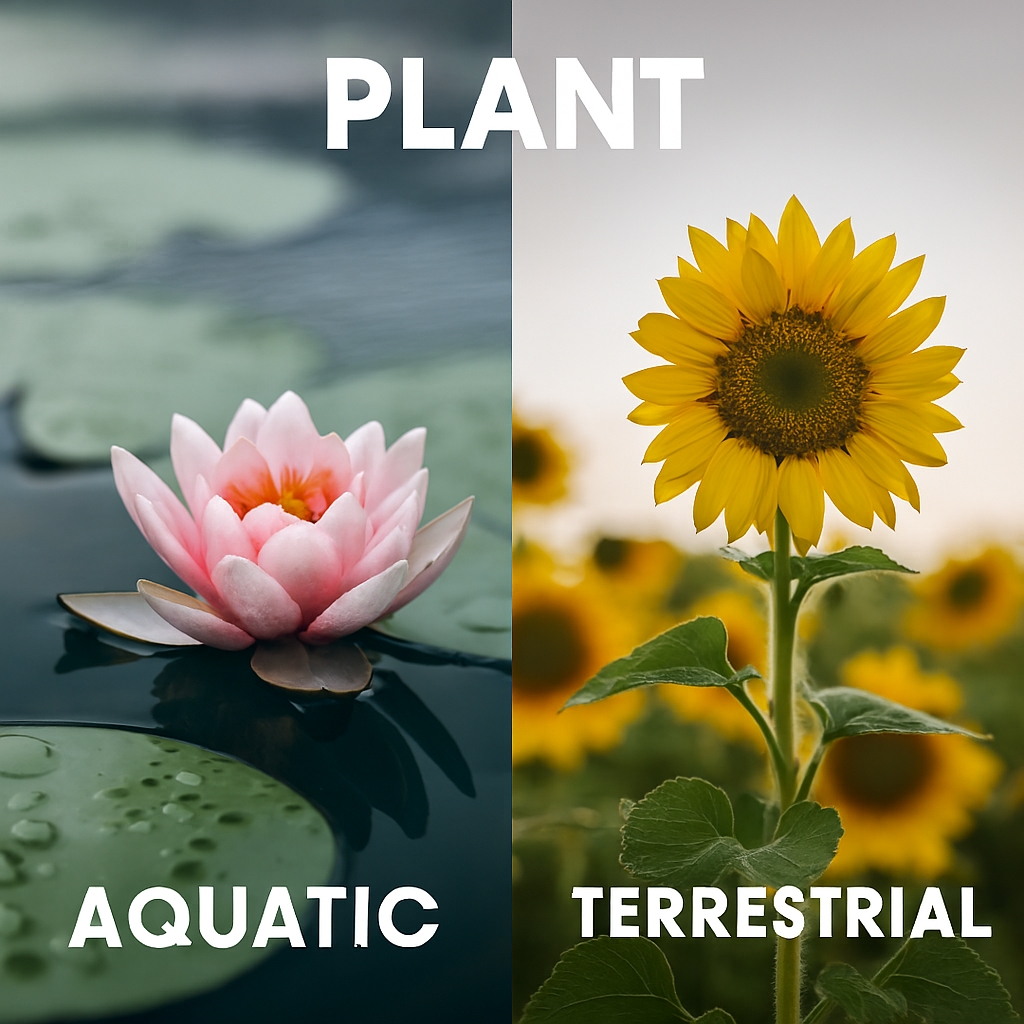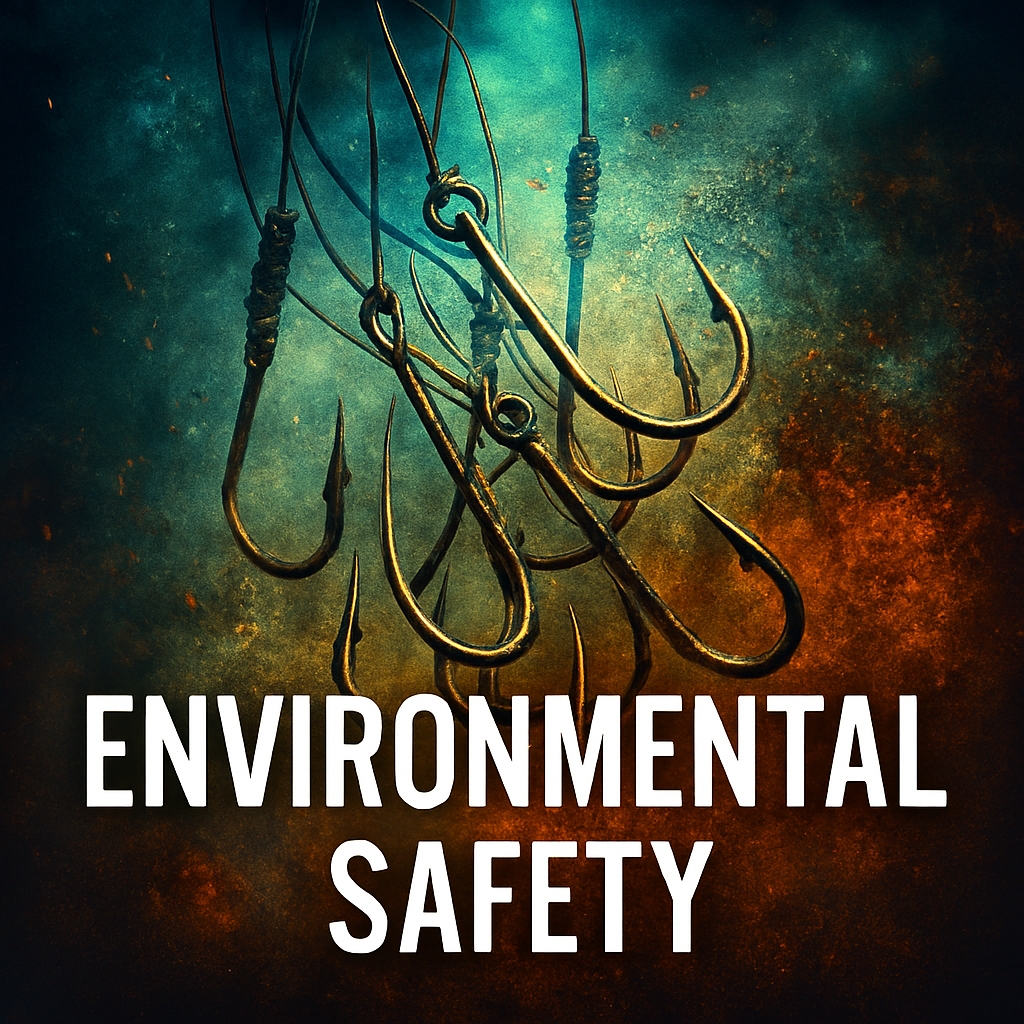The Unseen Dilemmas of Environmental Projects
Understanding the Source of Public Discontent
When governments embark on environmental projects, they often choose locations that leave people seething with frustration. Why? Because there’s an endless list of excuses. Urban sprawl and human activities have gobbled up most suitable lands, leaving governments to choose between halting necessary projects or bulldozing through places where the public feels inconvenienced.
Moreover, the notion of the “greater good” is frequently tossed around. Environmental projects aim to provide clean air, conserve biodiversity, and mitigate climate change. So, some disruptions are conveniently labeled as “necessary sacrifices” for a grander societal impact. Never mind if it means turning your peaceful neighborhood into a construction site!

The Balance
Balancing the Benefits and Local Impacts
Yet, there’s a glaring lack of foresight in the execution of these projects. Local communities? Often ignored. Effective communication and community engagement? Those are just buzzwords, seldom put into practice. Instead, resentment and opposition fester as governments push through with their plans, oblivious to the impact on people’s lives.
Economic Factors and Budget Constraints
Economic considerations play a massive role. Governments might target areas that are budget-friendly. Developing projects in remote or pristine locations could blow the budget to smithereens. So, they go for areas with existing infrastructure to save a buck, even if it means wreaking havoc in local communities. Efficiency over empathy, right?
Urban Expansion and Land Availability
Urbanization has relentlessly nibbled away at untouched natural areas. Cities expand, green spaces vanish, and governments are backed into a corner. The solution? Implement projects in places where they’ll undoubtedly clash with residents who value their living environment. It’s a blatant trade-off between development and conservation, with little regard for the collateral damage on communities.
Environmental Impact Assessments
Environmental impact assessments (EIAs) should be the watchdogs ensuring minimal adverse impacts. But, let’s be real—how effective are these assessments? In many cases, they’re treated as tick-the-box exercises, leading to skepticism and resistance from affected communities. It’s another instance of pretending to care while bulldozing ahead.
Community Engagement and Participation
True community engagement is rare. Governments must involve local residents, seek their input, and address their concerns. But how often does that happen? Transparent communication and collaboration are crucial for earning support. Instead, projects steamroll through, leaving communities feeling ignored and undervalued.
Innovative Approaches to Environmental Projects
Governments need to get creative to mitigate the negative impacts. Alternative technologies and adaptive strategies can help achieve environmental goals without causing chaos. Green roofs, urban greening—these are the ideas that can offer environmental benefits without large-scale disruptions. But, too often, innovation takes a backseat to conventional methods.

Doing It for Show
The Illusion of Environmental Action
Ever felt like these projects are more about political posturing than genuine environmental concern? You’re not alone. Governments often need to appear proactive about environmental issues to appease the public and secure votes. However, these projects sometimes serve as mere façades—grand gestures with little substance.
By placing projects in highly visible locations, governments can claim they are taking significant steps towards environmental preservation, all while ignoring more effective, albeit less flashy, alternatives. It’s a strategy to silence critics and present an illusion of action, rather than addressing the root causes of environmental degradation.
Ignoring Public Opinion for Political Gain
It’s not just about the environment—it’s about politics. Governments sometimes prioritize their political agendas over genuine public interest. When they push forward with controversial projects in visible areas, they’re often doing it to curry favor with certain voter bases or influential stakeholders. Ignoring public opinion becomes a calculated risk in their political chess game.
Quick Fixes vs. Sustainable Solutions
Many environmental projects are driven by the need for quick fixes rather than sustainable solutions. Governments might opt for easily implementable projects that offer immediate results, even if they’re not the most effective in the long run. This short-sighted approach sacrifices genuine environmental progress for temporary gains and favorable headlines.

The Shadow Game
Bureaucratic Red Tape and Inefficiency
The labyrinth of bureaucracy often stifles the effectiveness of environmental projects. Inefficiency, red tape, and a lack of coordination among various governmental departments can lead to poorly planned and executed initiatives. The result? Projects that create more problems than they solve, leaving the public frustrated and the environment no better off.
Misalignment of Priorities
Governments may sometimes misalign their priorities, focusing on projects that are politically or economically expedient rather than those that offer the most significant environmental benefits. This misalignment often leads to projects that feel performative and disconnected from the real needs of the environment and local communities.

Dragging Out Projects for Profit
A Cynical Drag
Ever feel like these environmental projects drag on forever? It’s not your imagination. Sometimes, the process is intentionally prolonged to benefit a select few. When projects stretch over extended periods, they provide ample opportunities for individuals and corporations to cash in. The more complex and drawn-out the project, the more chances there are for lucrative contracts, consultancy fees, and various other financial gains.
This labyrinth of red tape and bureaucratic inefficiency often masks a deeper, more insidious motive—kickbacks. By complicating the process, those in power can justify exorbitant budgets and funnel funds into the pockets of their allies and supporters. It’s a well-oiled machine where everyone involved gets a slice of the pie, except, of course, the public who end up bearing the brunt of the disruptions.
These prolonged projects also allow for endless revisions, add-ons, and modifications, each accompanied by its own set of financial incentives. The result? A project that not only takes forever to complete but also costs significantly more than it should. It’s a win-win for those in the loop and a lose-lose for everyone else.

Conclusion
Towards Harmonious Environmental Projects
The path to a greener future is riddled with complex choices and compromises. Governments need to recognize the underlying factors and aim for a balanced approach. Prioritizing community engagement, transparent decision-making, and innovative solutions is non-negotiable. Only then can we hope for environmental projects that don’t bulldoze communities but instead pave the way for a healthier, more sustainable world. It’s time for authorities to step up and make choices that benefit both the environment and the people they’re supposed to serve.
Join the Discussion
We want to hear from you! How do you feel about the way governments handle environmental projects? Have you ever experienced disruptions in your community due to these initiatives? Do you think there’s a better way to balance environmental benefits with local impacts?













Greenie And Powerful Change Of Environmentalism Since 1970s
[…] tone. However, as environmental issues gained prominence and the public became more aware of the importance of sustainability, media portrayals of “Greenies” began to shift. Positive coverage of environmental […]